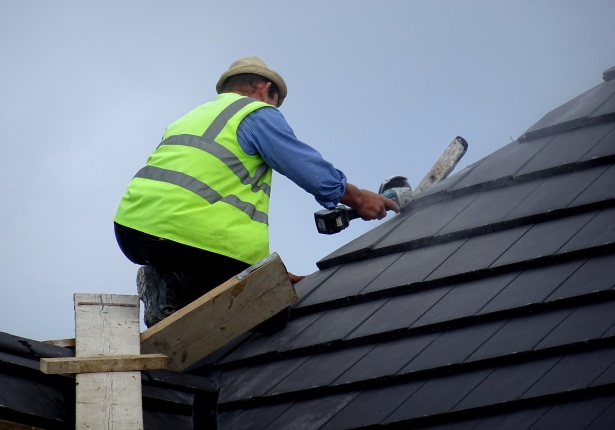Ottawa attic insulation preparation is the perfect time to get your home ready for the cold season. Winters here are long and harsh, which makes proper attic insulation especially important. Insulating the attic and other parts of the house helps retain warmth, reduce heating costs, and protect the structure from moisture. But before installing insulation, you need to carefully prepare your home and attic.
1. Inspecting the Roof and Attic Structure
Before starting insulation, carefully examine your Ottawa home. Check the roof, attic flooring, and beams for cracks, leaks, mold, or rot. Any roof damage must be repaired in advance: if water reaches the insulation, its efficiency will drop, and its lifespan will shorten.
Also, assess the condition of the attic floor. Damaged or rotten beams should be replaced or treated with antiseptic. Such diagnostics help identify potential problems and prevent serious issues later.
2. Cleaning and Organizing the Attic Space
Clear out old furniture, boxes, and debris before beginning insulation. Stored items may obstruct installation and even increase fire risks, depending on the insulation type.
Once cleared, thoroughly sweep and vacuum the attic floor and surfaces. Dust and small debris can prevent insulation from fitting snugly, reducing thermal efficiency. Be sure to check chimneys and ventilation ducts—they should remain open and functional.
3. Ensuring Proper Air Circulation
In Ottawa’s humid autumn weather, attic ventilation is especially important. Poor airflow leads to moisture buildup, causing wooden elements to rot and mold to form on insulation. Ensure that existing vents are not blocked.
If airflow is insufficient, consider adding extra vent grilles or ducts. For wooden structures, a vapor barrier is strongly recommended to stop moisture from traveling from living spaces into the insulation.
4. Choosing and Preparing the Insulation
Ottawa homeowners can choose from a wide range of insulation materials: mineral wool, fiberglass, cellulose, polystyrene, and spray foam. The right choice depends on your budget, climate conditions, and attic structure.
Some materials require advance preparation. For example, mineral or fiberglass batts must be cut to size. Cellulose and spray foam often require professional application with special equipment. Preparing materials ahead of time speeds up the process and improves results.
5. Moisture Protection and Vapor Barriers
A vapor barrier must be installed before insulation. It prevents moisture from entering the attic from living spaces, which is especially important in Ottawa’s cold winters.
The film should be stretched tightly without sagging, and all seams must be sealed with specialized tape. Mistakes at this stage can lead to condensation and eventually ruin the insulation.
6. Checking and Reinforcing the Attic Floor
If insulation will be placed between beams, confirm that all joists are dry and sturdy. Reinforce or add extra supports if necessary.
Seal cracks and gaps in the attic floor using foam or caulk. This prevents warm air from escaping into the attic and cold air from seeping into living areas.
7. Organizing the Workspace
Short autumn days in Ottawa mean less natural light, so plan your work environment carefully. Set up safe access to the attic, bring proper lighting, and prepare tools such as a utility knife, tape measure, stapler, gloves, and a protective mask.
Keep materials within easy reach. A well-organized space speeds up installation and reduces accident risks.
8. Planning the Insulation Process
Draw up a step-by-step plan before beginning. Divide the attic into sections and start from the farthest corner. Ensure insulation fits tightly but is not compressed, as squashing reduces its effectiveness.
Decide in advance where vapor barriers and ventilation elements will go. A clear plan keeps the job neat and ensures even insulation coverage.
9. Final Readiness Check
Before starting the actual insulation, do one last inspection. Check the roof, beams, ventilation, vapor barrier, and materials. Once everything is in order, you can begin insulating—guaranteeing warmth and comfort throughout Ottawa’s winter season.
